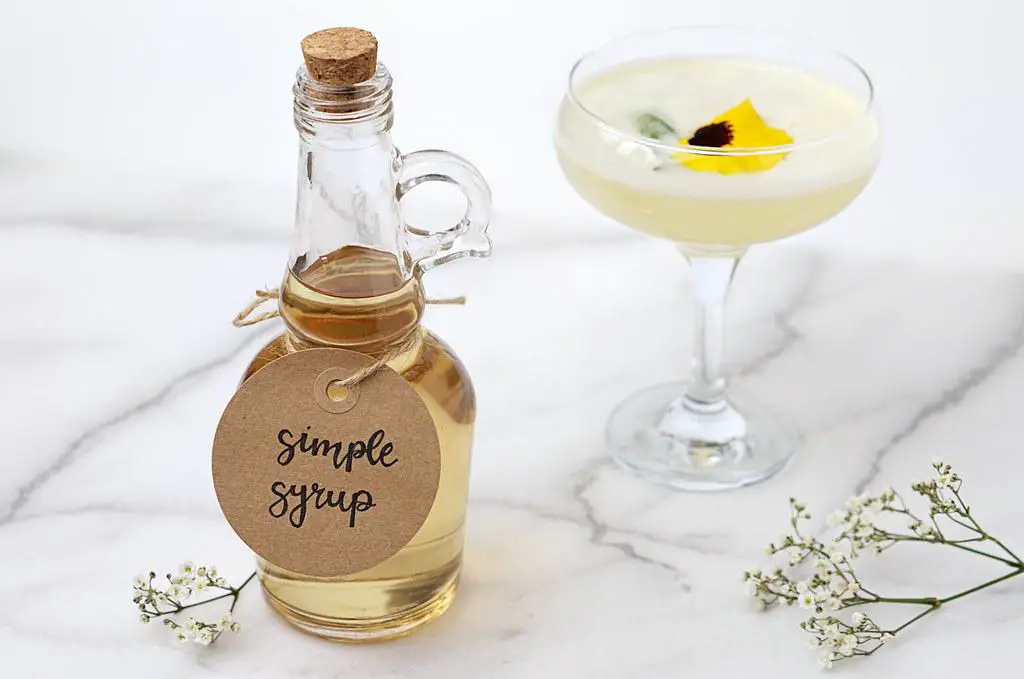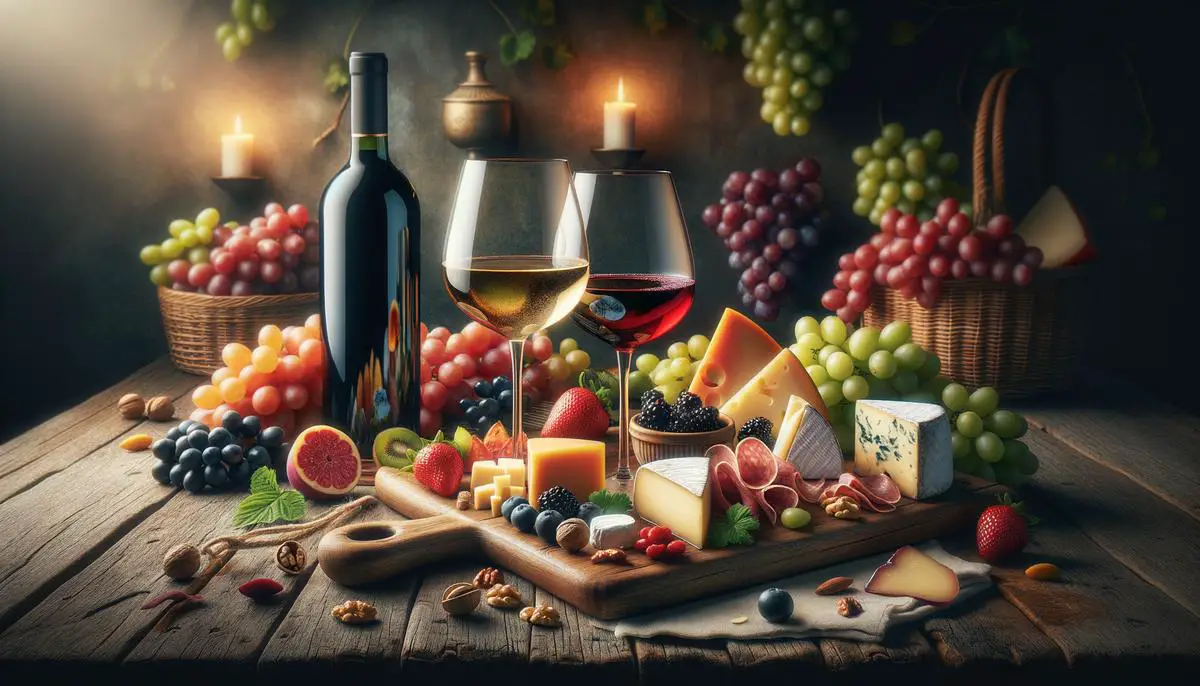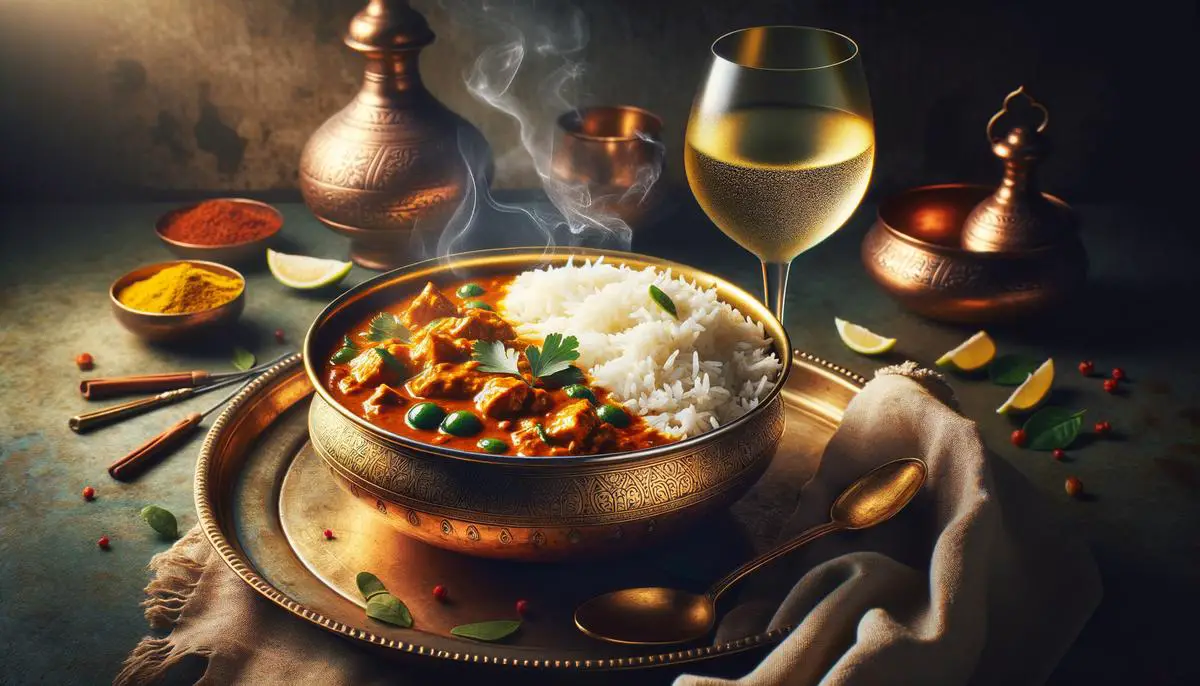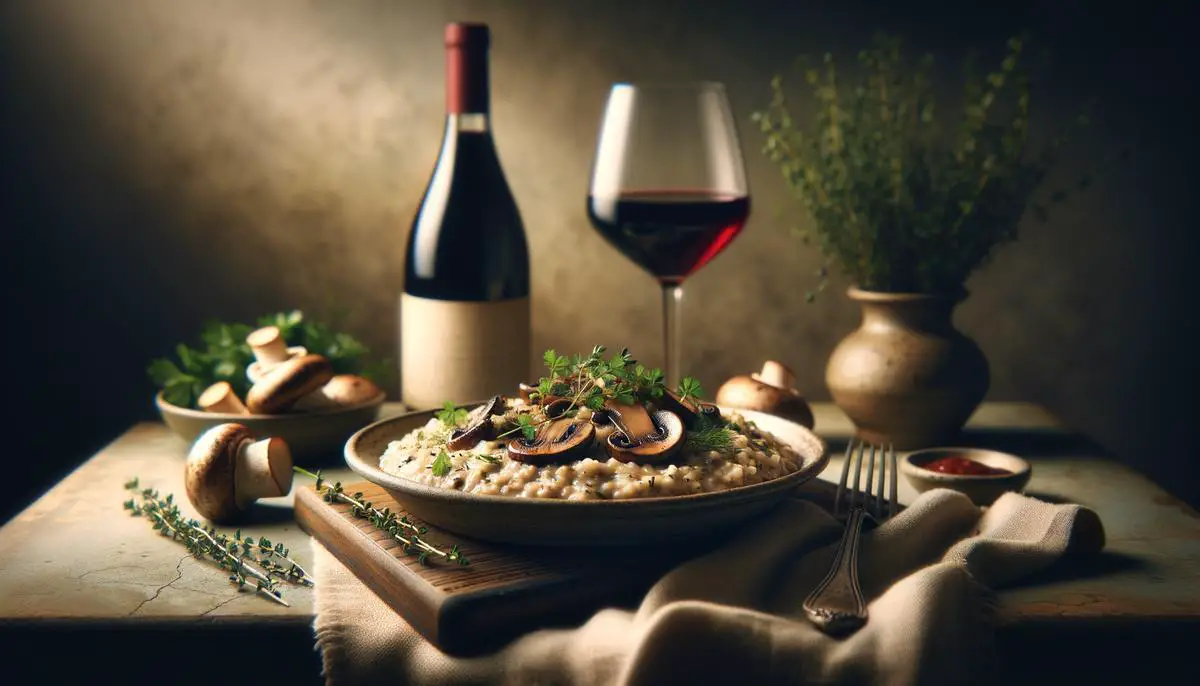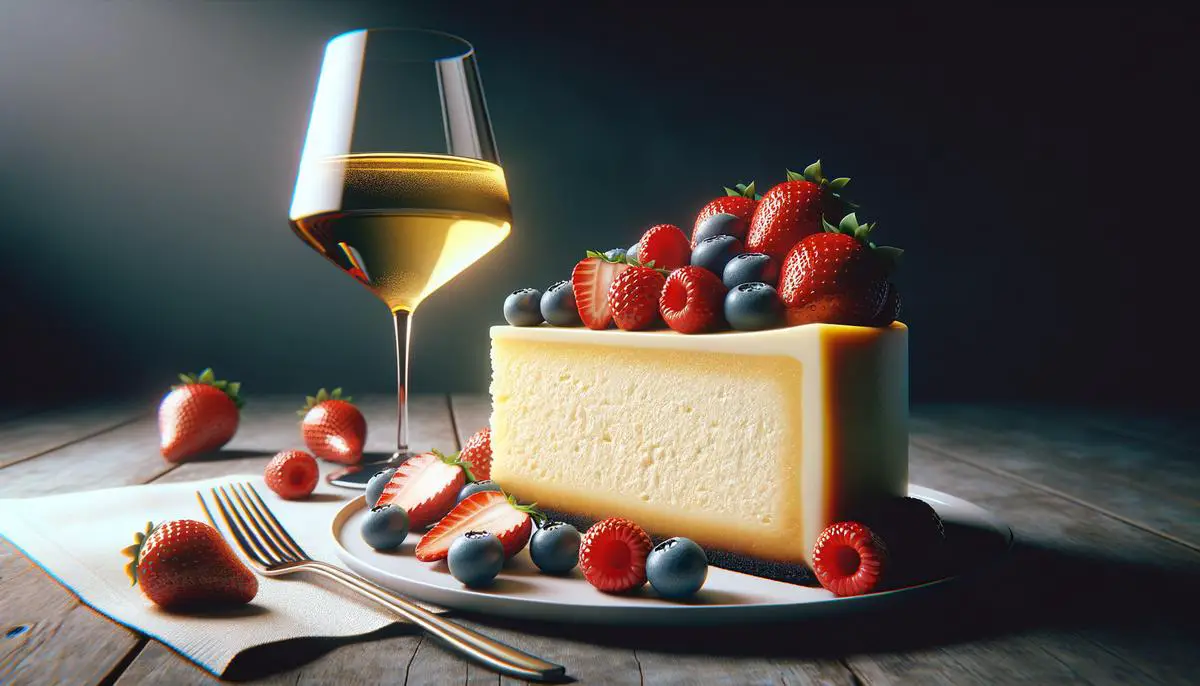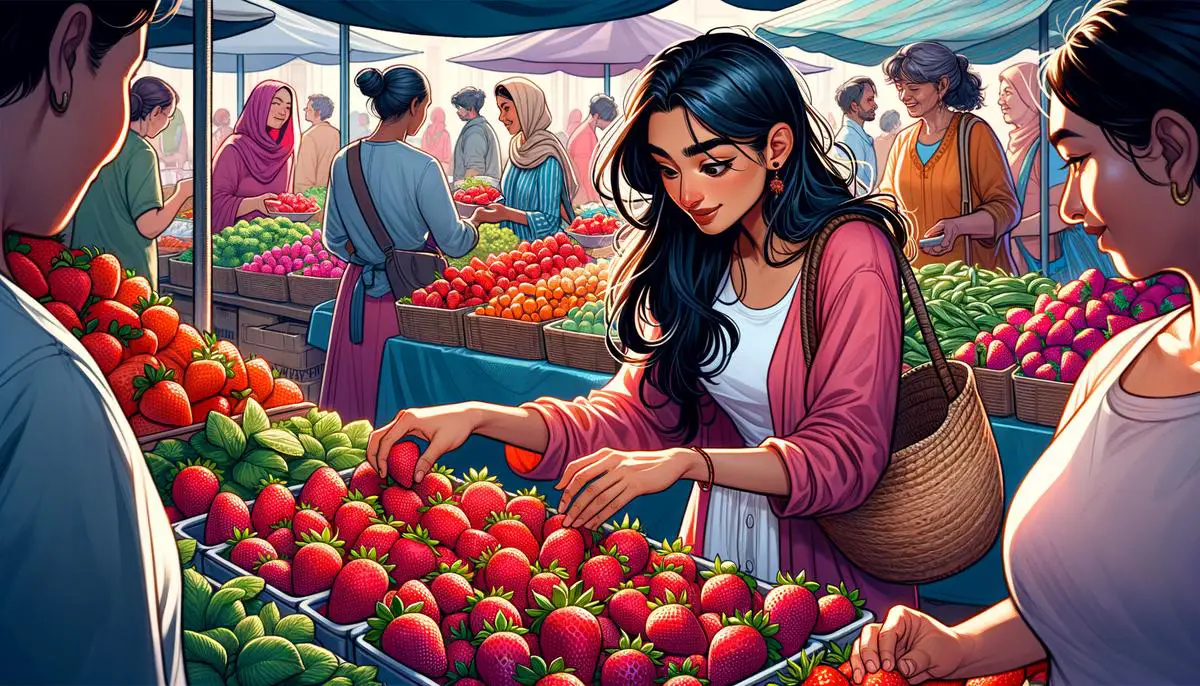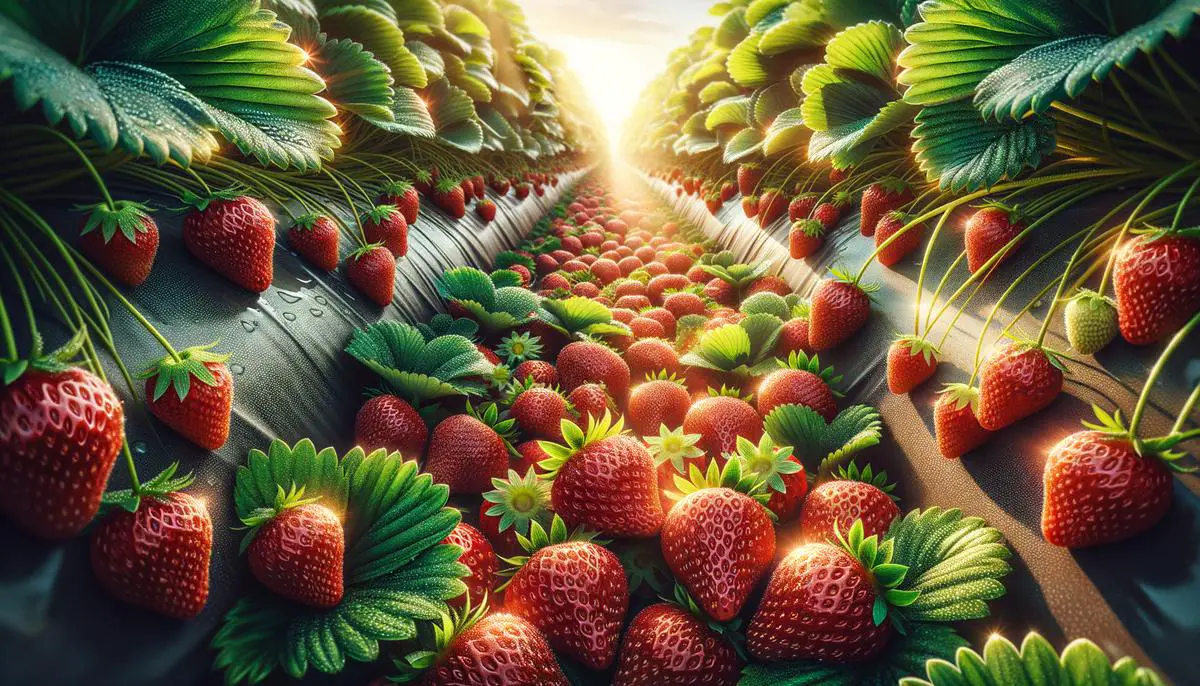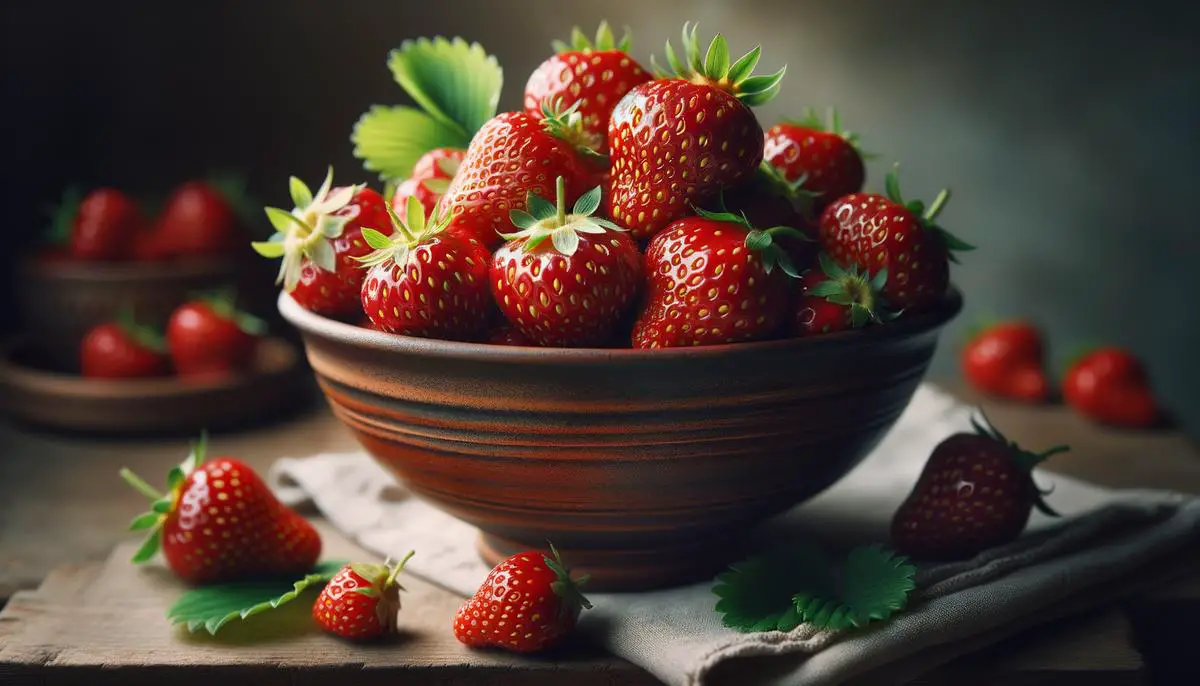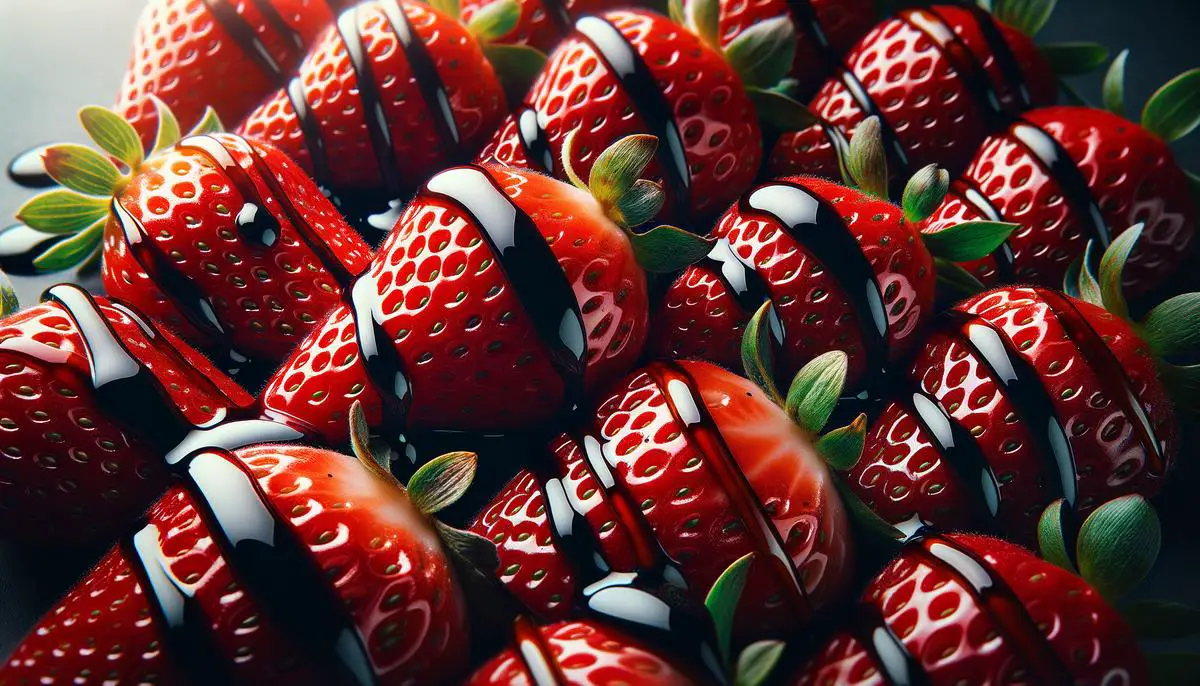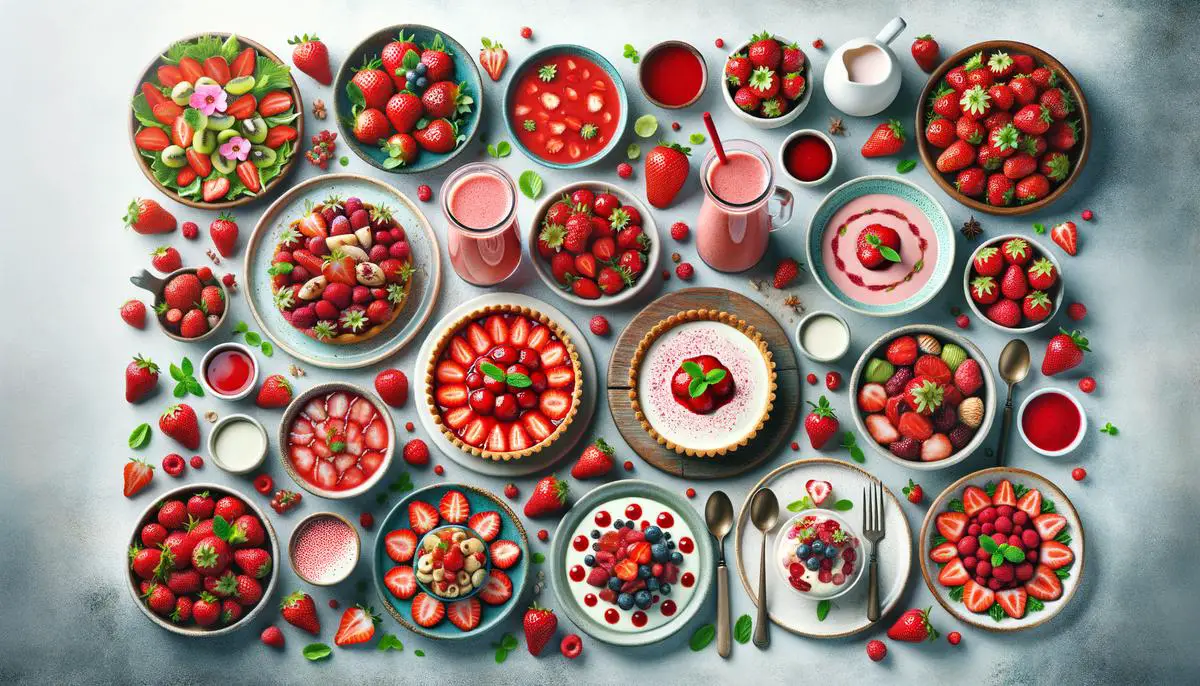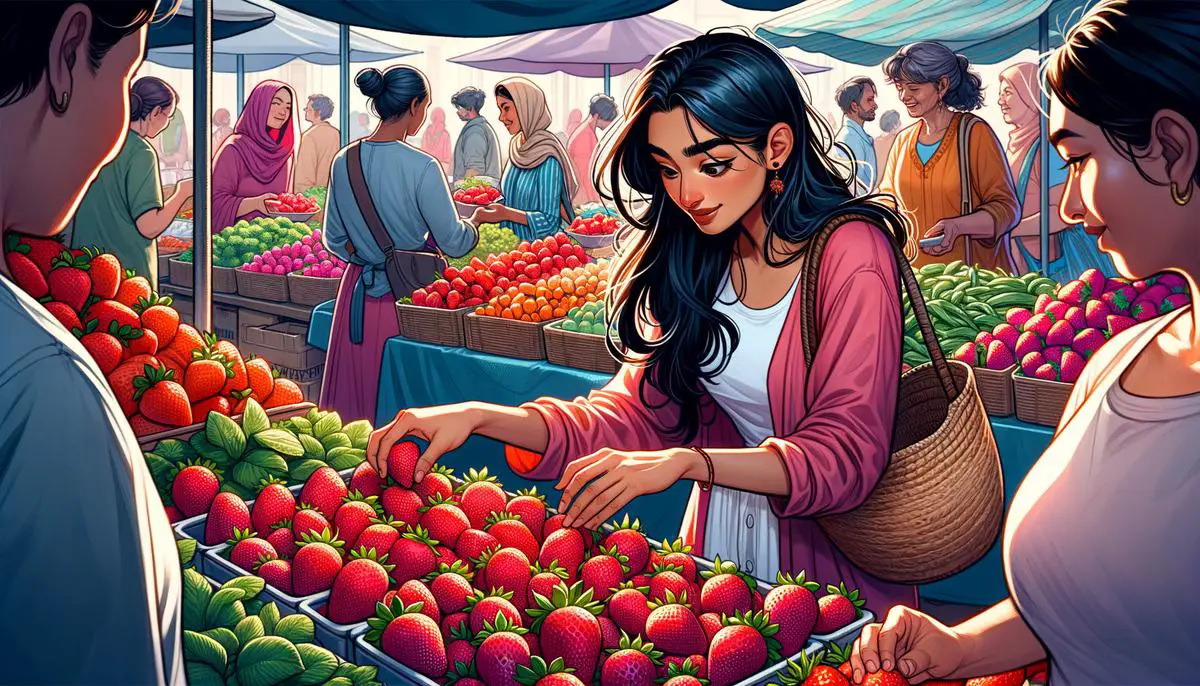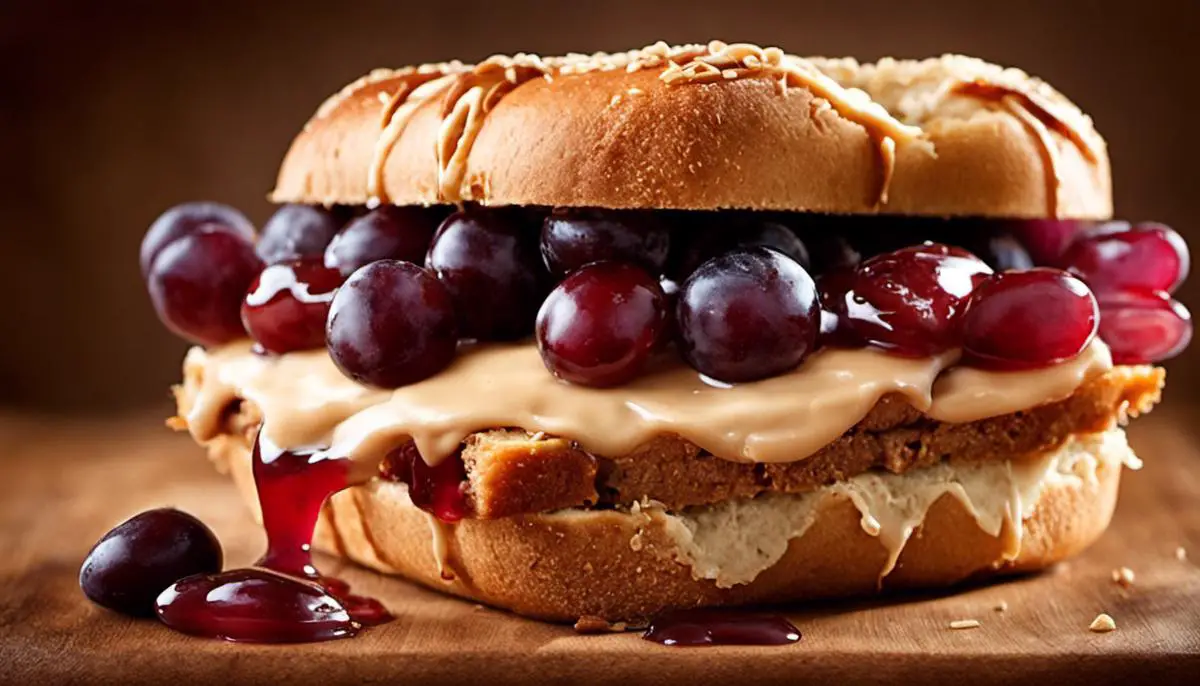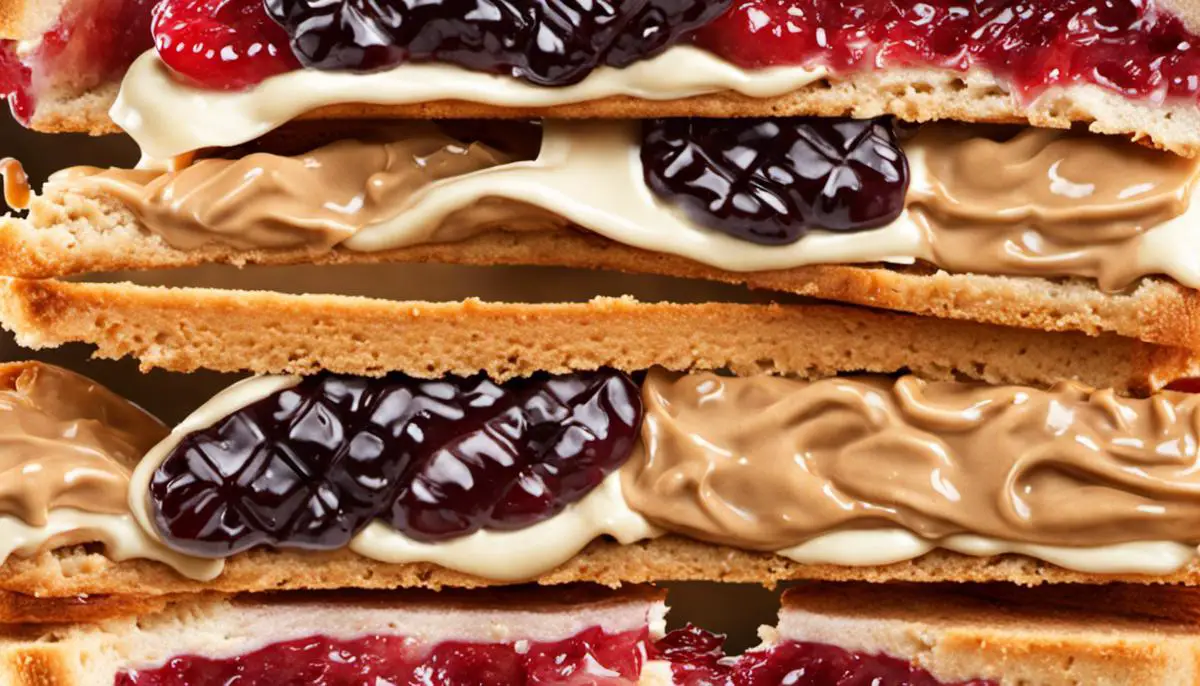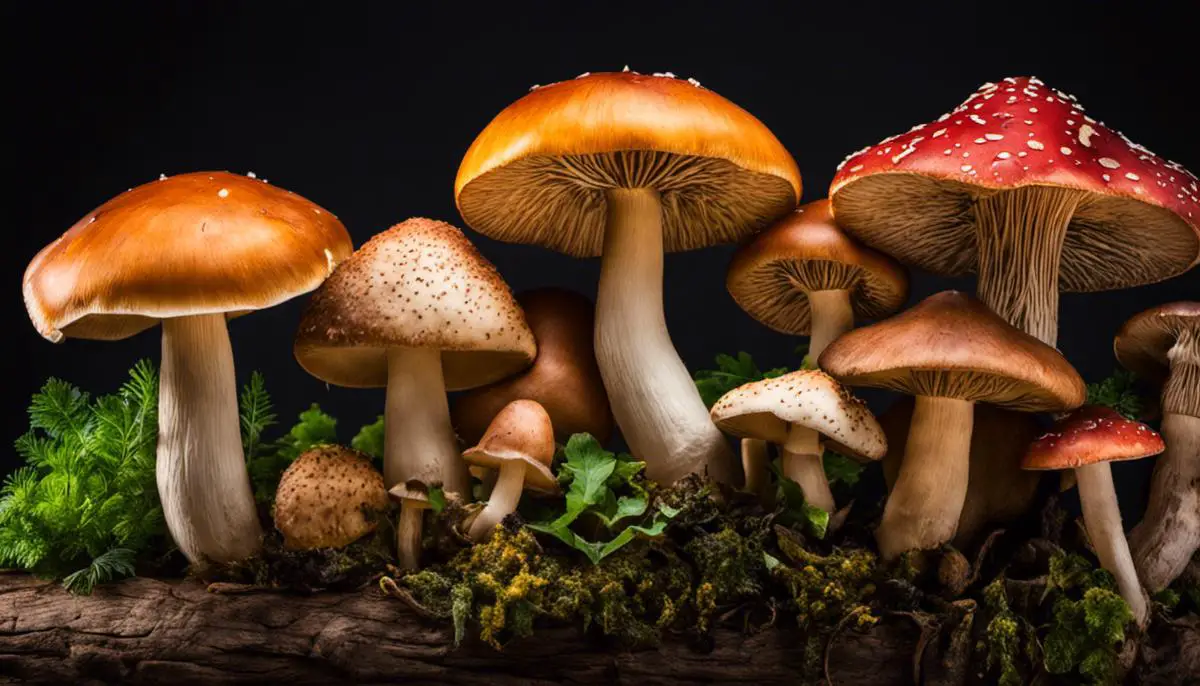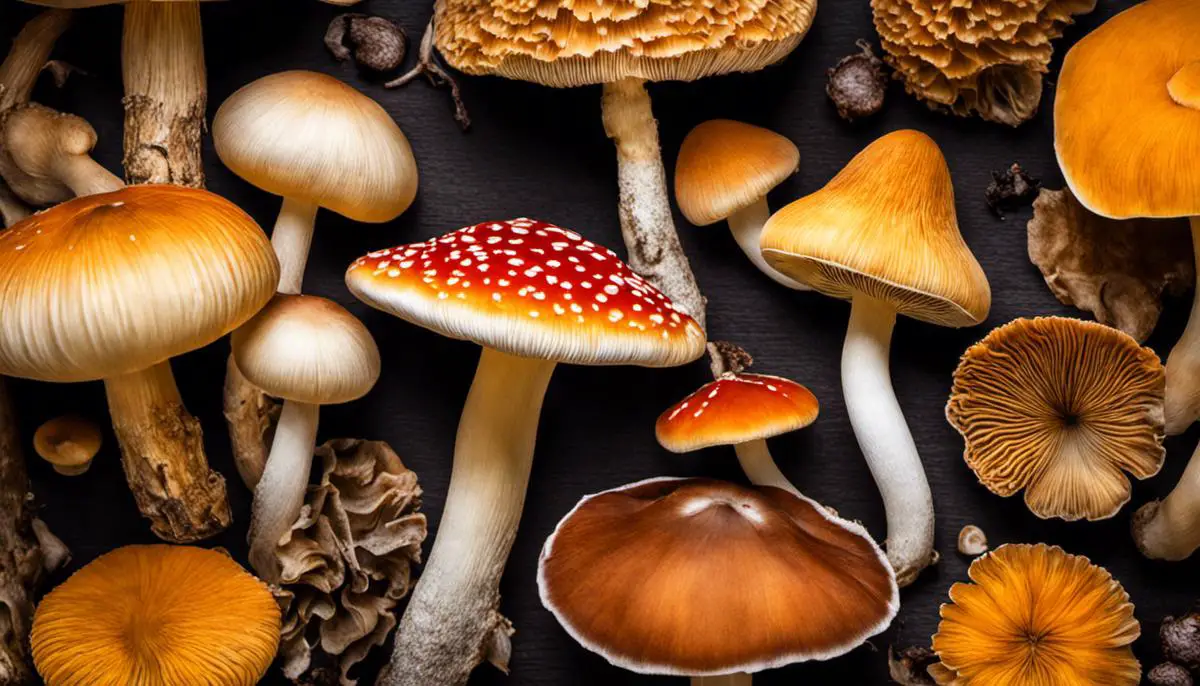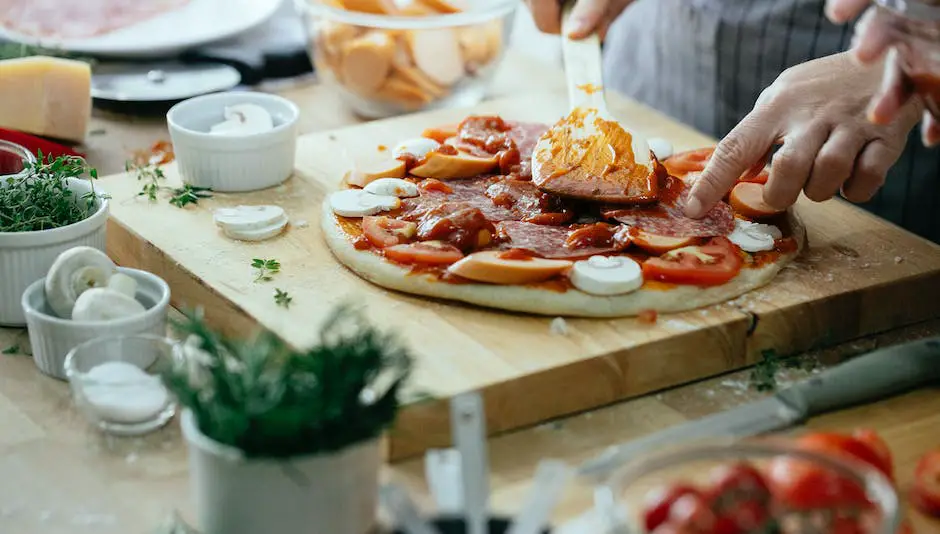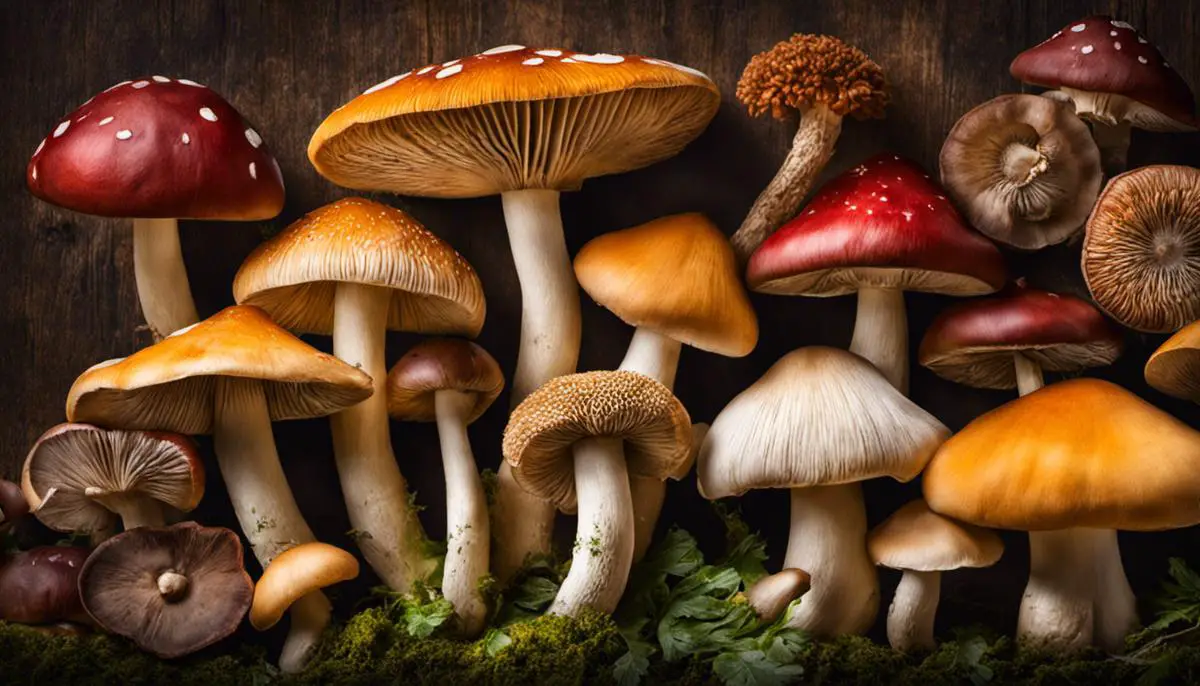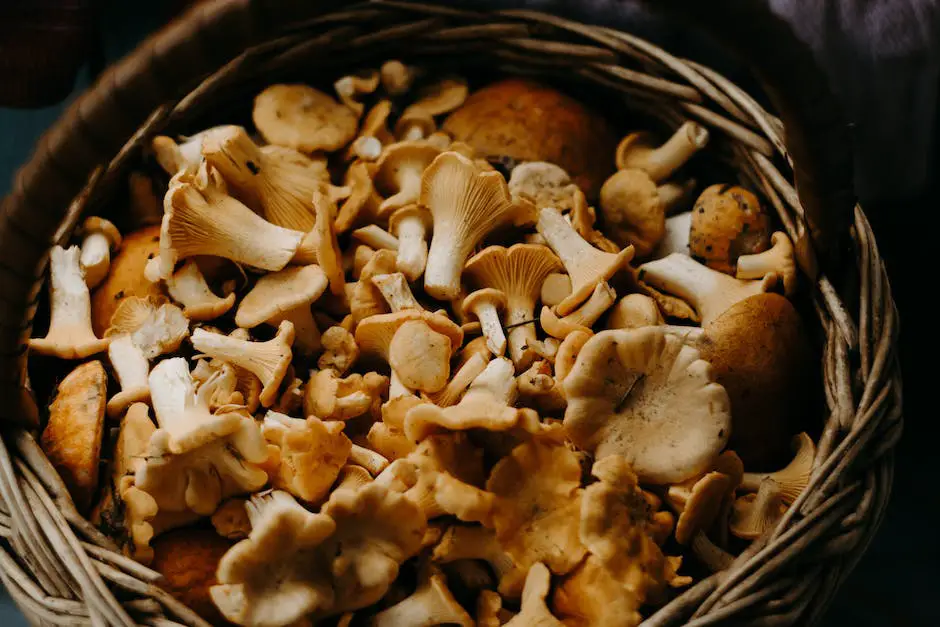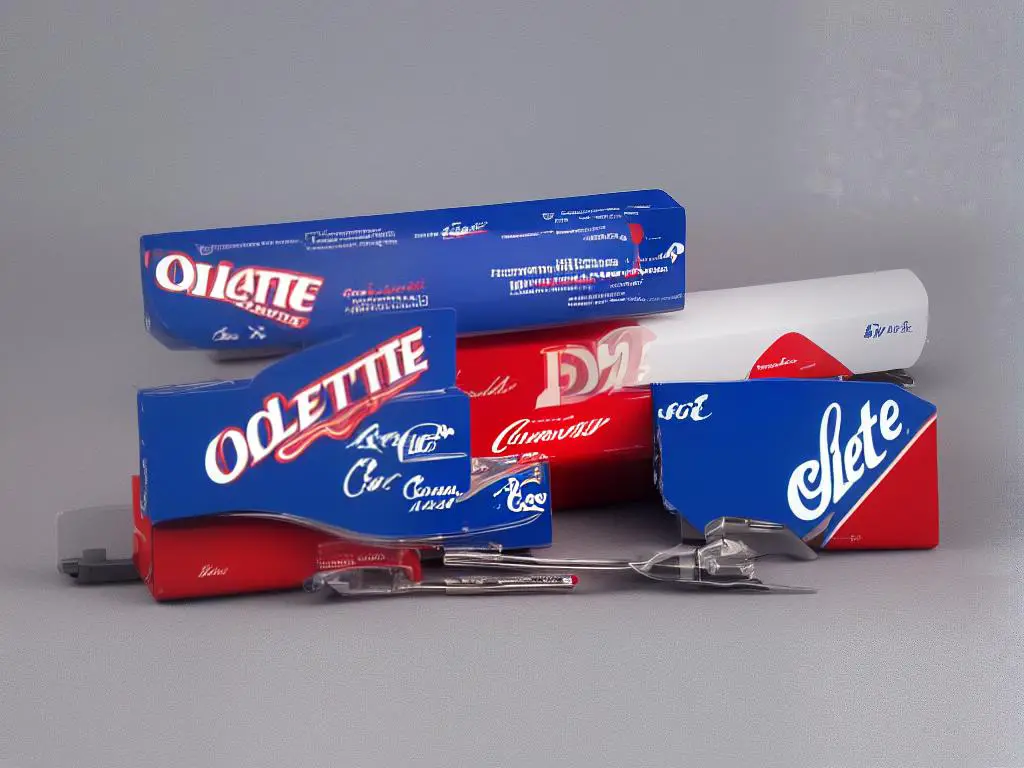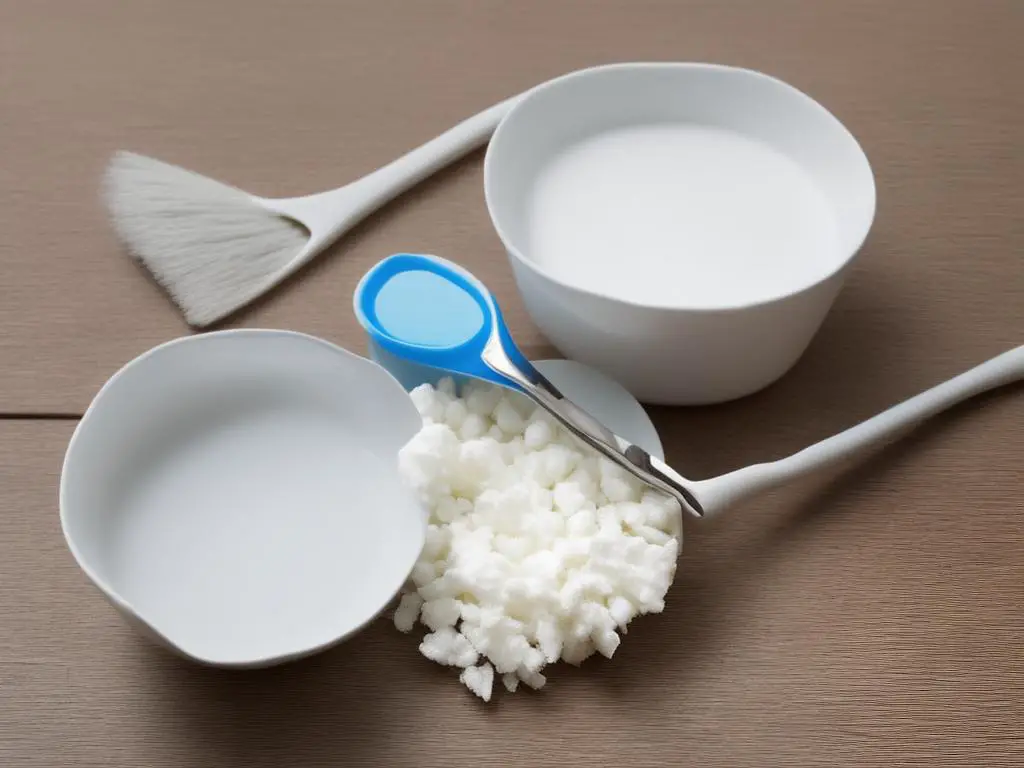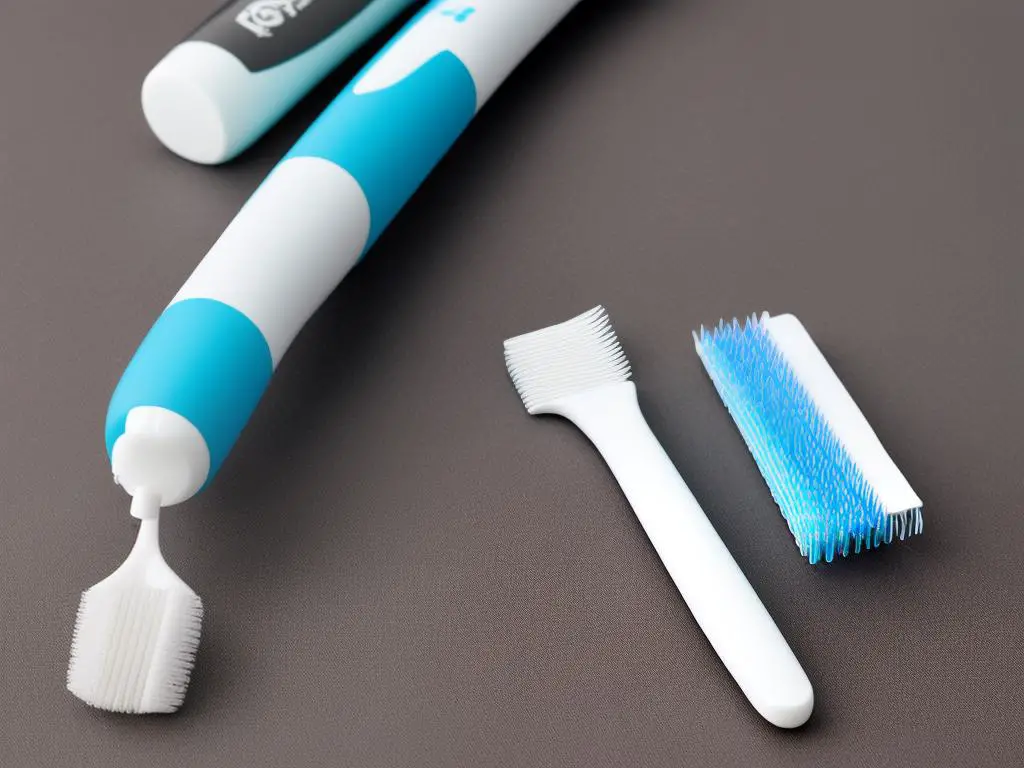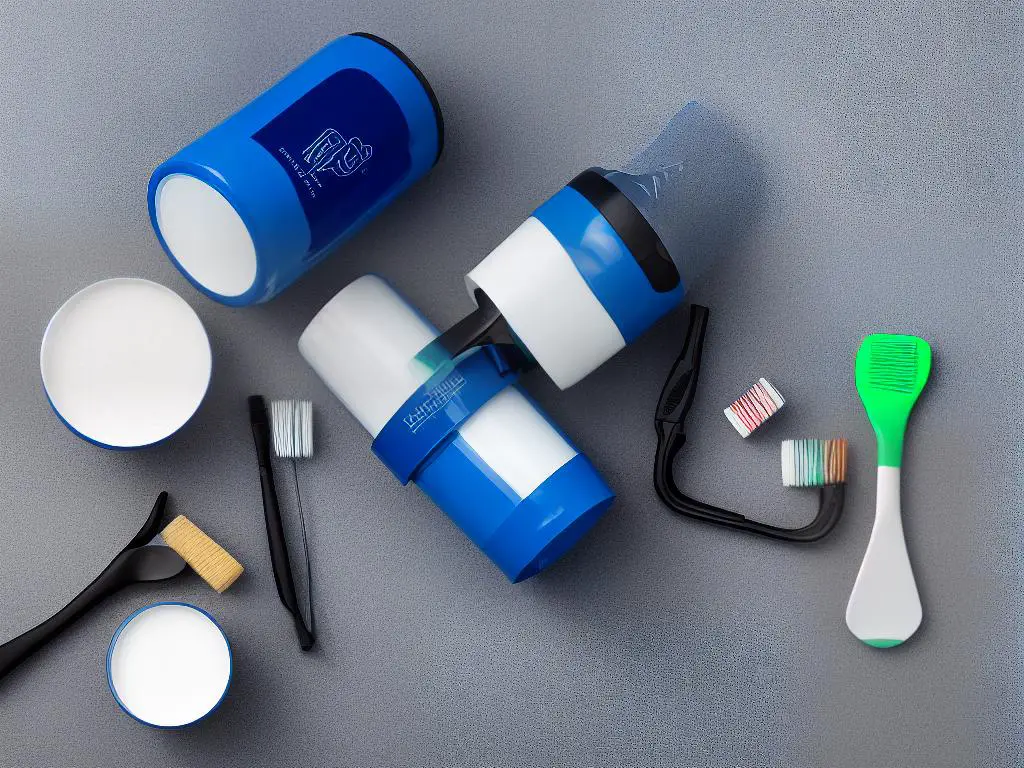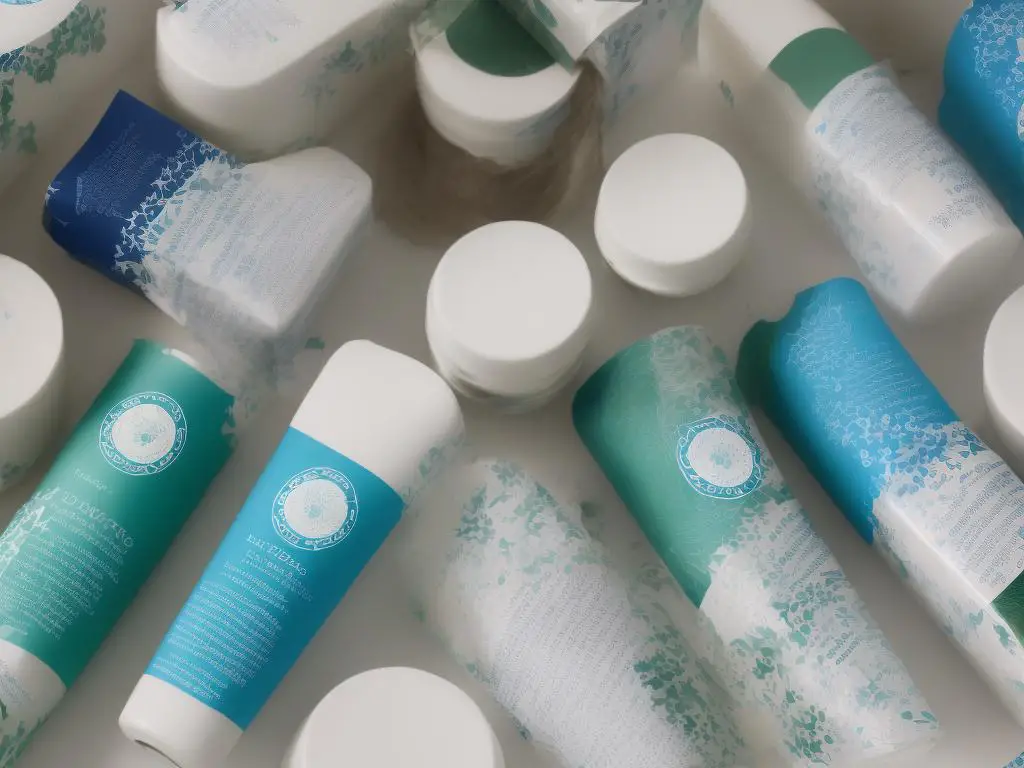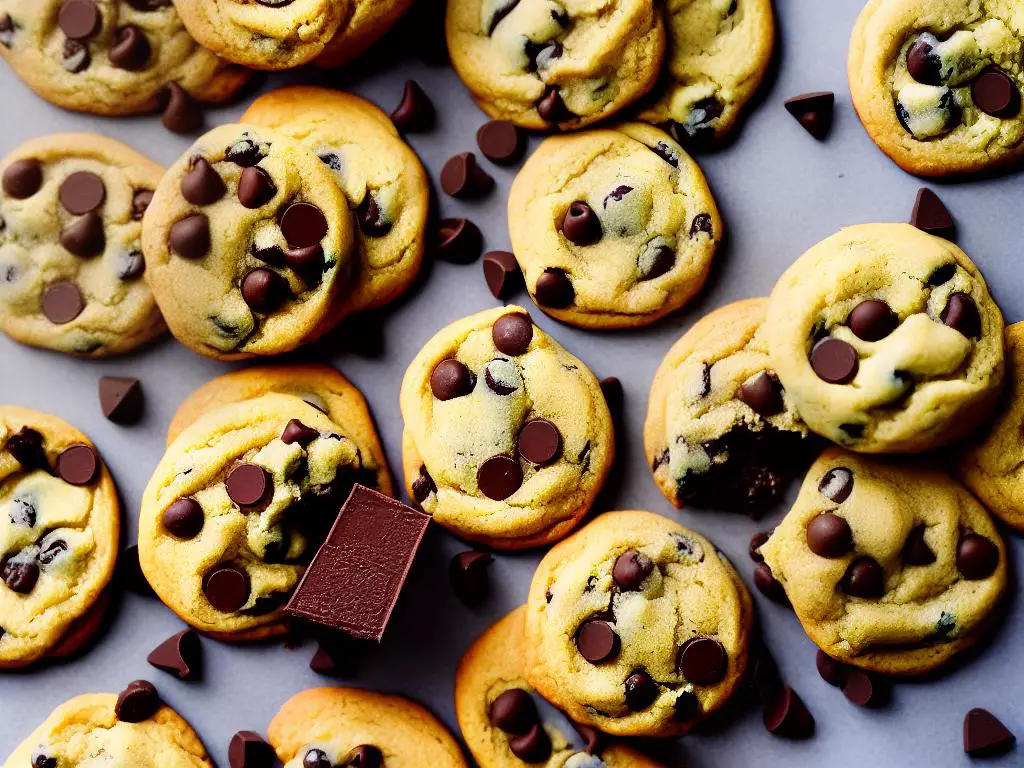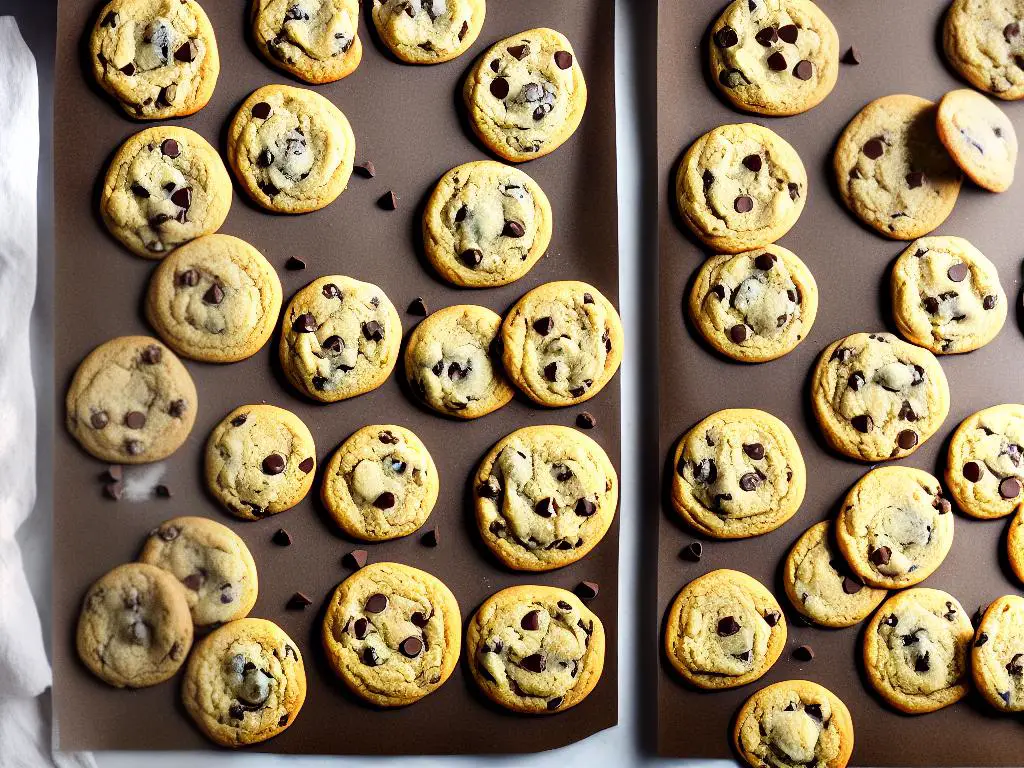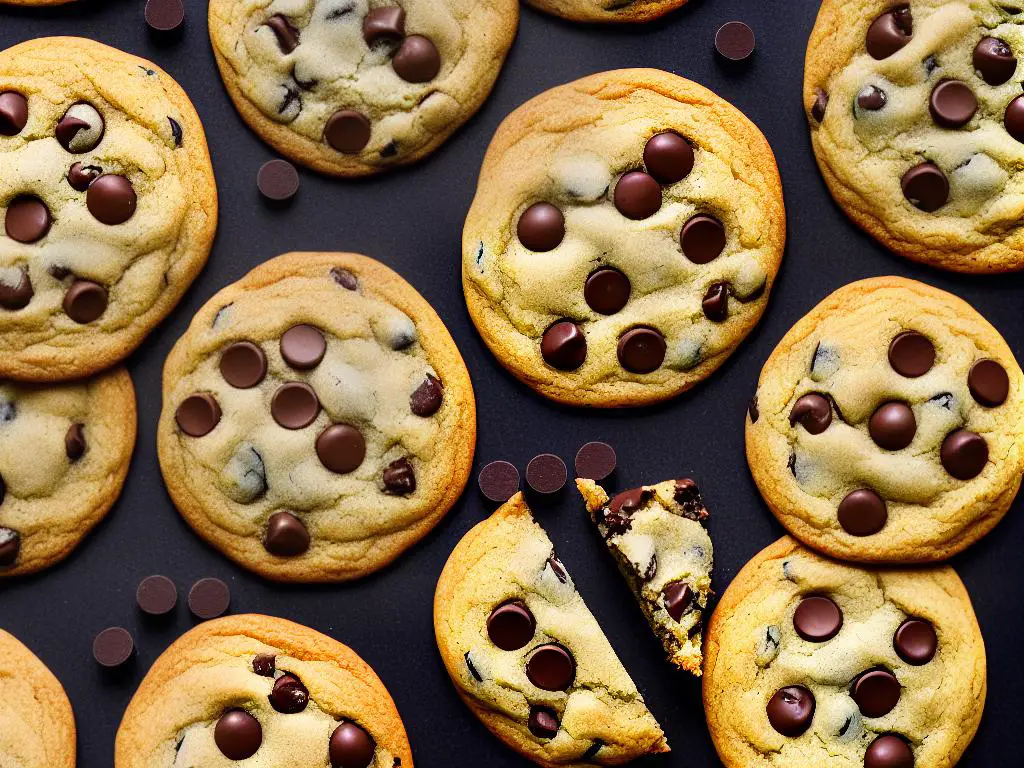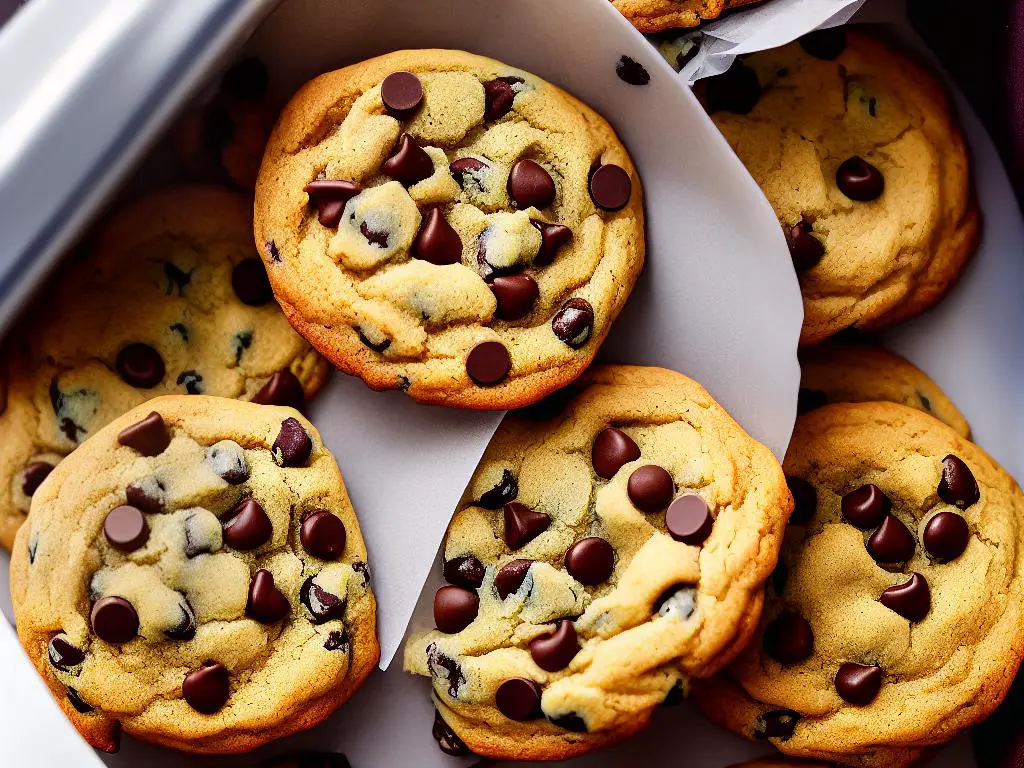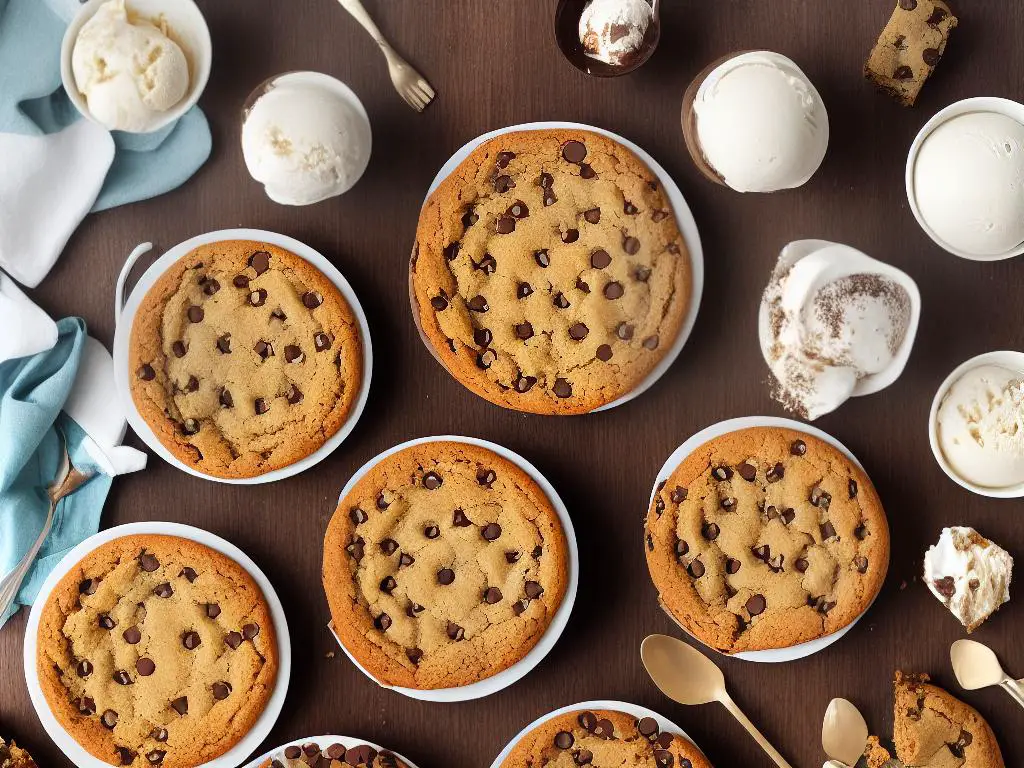Origins of the Old Fashioned
The Old Fashioned, often referred to as the grandfather of cocktails, traces its roots back to the early 19th century when the word "cocktail" was just gaining traction among spirits enthusiasts. In its early days, the drink was a simple concoction of spirits, sugar, water, and bitters. This straightforward mixture laid the foundation for what would eventually evolve into the Old Fashioned we know today.
One of the earliest recorded instances of the Old Fashioned came from a gentleman's club in Louisville, Kentucky, around the 1880s. The recipe was crafted in honor of Colonel James E. Pepper, a prominent bourbon distiller who then took the recipe from Kentucky to the Waldorf-Astoria Hotel bar in New York City. This transition marked a significant moment in the drink's history, placing it on a pedestal in the cocktail community.
As it traveled, the essence of the cocktail remained, but its name underwent several transformations. Initially tagged with various titles that referred to its composition – a "whiskey cocktail" made in the "old-fashioned" way – it eventually adopted the "Old Fashioned" label. This name embodied a resistance to the fancy, elaborate cocktails of the later 19th century, offering a nod to those who preferred their drinks straightforward and strong.
The late 1800s saw experimentations with the original recipe, adding fruit slices, soda water, and other spirits. However, purists argued that these additions strayed from the drink's intended simplicity. This debate highlights the drink's enduring appeal: a testament to timeless taste that has seen it through centuries of trends.
The Old Fashioned is more than just a cocktail; it's a piece of history, encapsulating a period when cocktails were in their infancy and simplicity was key. Despite evolving tastes and styles, it stands firm as a staple in mixology, celebrated for its uncomplicated elegance. This respect for tradition, balanced with room for innovation, epitomizes why the Old Fashioned remains a beloved choice among bartenders and drinkers alike.

Key Ingredients and Variations
The heart of the Old Fashioned lies in its simplicity and commitment to tradition, yet it embraces creativity through various interpretations. At its core, the Old Fashioned is a blend of spirits, sugar, water, and bitters. This combination, while seemingly basic, offers a canvas for myriad variations, influenced by regional preferences and the quest for individuality among bartenders and enthusiasts.
The spirit base of an Old Fashioned is traditionally bourbon or rye whiskey. The choice between the two depends on personal taste; bourbon offers a sweeter, fuller body while rye introduces a spicier kick. Each provides a distinct backdrop that influences the final outcome of the drink, contributing to its customizable nature.
For the sweetener, a sugar cube doused with bitters and a splash of water, then muddled to dissolve, is the classic method. However, variations include the use of simple syrup for a smoother sweetness that effortlessly blends into the drink. The bartender's choice of sweetener significantly impacts the drink's texture and flavor profile, allowing for personalized touches.
Angostura bitters are the go-to for this cocktail, laying a foundation of complex flavors with their herbs and spices. Yet, adventurous mixologists have experimented with other varieties of bitters, offering a spectrum of tastes ranging from floral to smoky, each bringing a new dimension to the traditional recipe.
Geographical and contemporary influences play leading roles in Old Fashioned variations. The Wisconsin Old Fashioned, for example, favors brandy over whiskey and includes a heftier garnish – often a maraschino cherry and orange slice. Modern adaptations have seen the inclusion of unconventional spirits such as mezcal for a smokier iteration, offering an international twist on this classic American cocktail.
As mixologists continue to push boundaries, ingredients like maple syrup or amaro may guest star in an Old Fashioned, reflecting a trend towards global flavors or the revival of ancient herbal liqueurs in modern mixology. These adaptations are not without their detractors who herald the original recipe as sacrosanct. Yet, this dialogue between innovation and tradition underscores the Old Fashioned's role not only as a beverage but as an ongoing conversation spanning centuries.
The Old Fashioned's beauty lies in its balance of simplicity and complexity. Its structure is unassuming yet robust enough to inspire reinterpretations that reflect personal tastes and cultural evolutions. This duality ensures the Old Fashioned remains a cherished emblem in the world of cocktails, celebrated for both its historic roots and its capacity to adapt and thrive in contemporary contexts.
Cultural Impact and Popularity
The cultural impact and popularity of the Old Fashioned cocktail weave through society much like the intricate flavors that characterize the drink. Its enduring appeal lies not just in its rich history and simplicity, but also in its presence in media and popular culture, signifying a timeless allure that has transcended centuries.
In recent years, the Old Fashioned has experienced a resurgence, finding favor among seasoned aficionados and a younger generation enticed by the craft cocktail movement. This revival can be partly attributed to its representation in television and film, where charismatic characters have been seen savoring the drink, rekindling interest and appreciation. Shows like "Mad Men," where Don Draper often opted for an Old Fashioned, played a role in cementing its status as an icon of sophistication.
Beyond the screen, the Old Fashioned has held its ground as a cornerstone of cocktail culture. Its synthesis of simplicity and depth offers a ground for instructional moments in bars worldwide, serving as a rite of passage for bartenders perfecting their craft. The ritual of its preparation—a dance of muddling, stirring, and garnishing—adds to the drink's charm, making it a captivating spectacle behind the bar.
Moreover, the global journey of the Old Fashioned is a testament to its versatility and capacity to unify diverse tastes. From metropolitan bars in Tokyo adapting it with Japanese whisky to speakeasies in Latin America infusing it with local spirits, the Old Fashioned has become a canvas for cross-cultural exchange. This blend of tradition and innovation resonates with a universal yearning for authenticity mixed with novelty, propelling the Old Fashioned to a global stage.
Despite the drink's evolution and myriad variations, at its core, the Old Fashioned represents more than the sum of its parts. It symbolizes a bridge between past and present, a reminder of simpler times when ingredients were few but cherished. Its widespread embrace and adaptation by different cultures underscore its flexibility and unifying factor—an ambassador of cocktail diplomacy.
As we look to the future, the Old Fashioned stands poised to remain a beloved fixture in the dynamic world of mixology, its essence unaltered by changing trends. Its cultural significance extends far beyond its role as a beverage; it is a legacy, a conversation starter, and a comforting constant. Whether enjoyed in a dimly lit tavern or a sleek, modern lounge, the Old Fashioned endures as a beacon of cocktail culture, ever popular, versatile, and captivating.

Famous Old Fashioned Aficionados
From the smoky backrooms of political powerhouses to the polished surfaces of star-studded bars, the Old Fashioned has been enjoyed by numerous celebrated personalities. Among its influential aficionados, U.S. President Harry S. Truman and British Prime Minister Winston Churchill stand tall. Their leadership during tumultuous times is well documented, yet their penchant for this cocktail adds a layer of relatability to their larger-than-life personas. Truman, known for his straightforwardness, mirrored the unfussy nature of the Old Fashioned, while Churchill's strategic depth resembled the cocktail's complex flavors. These statesmen not only enjoyed an Old Fashioned at day's end but also bolstered its image as a drink of decision-makers.
Shifting focus to a more contemporary canvas, the Old Fashioned has found vocal advocates in entertainment and lifestyle. Actor George Clooney, known for his suave portrayals and debonair lifestyle, epitomizes modern sophistication much like the cocktail in hand. Clooney, whose venture into the spirits industry underscores his love for well-crafted liquors, often praises the timeless Old Fashioned. Similarly, the illustrious Frank Sinatra, the quintessential icon of cool, was partial to the robust character of a whiskey-based drink. The visual of Sinatra, glass in hand amidst nightclub lights, has become emblematic of the cocktail's entwined relationship with American glamour and the arts.
In literature, the Old Fashioned has seeped into narrative threads, mirrored in the lives of the authors themselves. Ernest Hemingway, famous for his literary contributions and zest for life, was no stranger to the allure of a well-mixed drink. The Old Fashioned met Hemingway's rigorous standards, complementing a persona defined by bold simplicity and profound depth. His spirited adventures and formidable characters often found solace in the warm embrace of an amber-hued cocktail.
The influence wielded by these enthusiasts extends beyond their personal preferences, molding the cocktail's association with traits such as resilience, sophistication, and artistry. The aura around the Old Fashioned, enriched by its famous patrons, feeds into its mystique, transforming it from mere beverage to a cultural icon. As these individuals have navigated the limelight, so too has the Old Fashioned, solidifying its standing as a drink of classical appeal resonant with the indomitable spirit of its connoisseurs.
Thus, as we clink glasses to the enduring saga of the Old Fashioned, we pay homage not only to its rich heritage and nuanced flavors but also to those remarkable characters who have lent their glow to its legacy. The Old Fashioned, in its understated elegance, continues to cushion the fall of dusk with whispers of history and dashes of glamour – a truly shared experience between glass and admirer, timeless in its reach.

Making the Perfect Old Fashioned
Making the perfect Old Fashioned requires the right ingredients and an understanding of the art of cocktail preparation. These tips, sourced from seasoned bartenders and cocktail aficionados, will guide you toward achieving bar-level perfection at home.
The journey to an exceptional Old Fashioned starts with the spirit. Whether choosing bourbon or rye, opt for quality. A well-aged spirit, characterized by depth and smoothness, can elevate your cocktail. While premium spirits are a delight, a mid-range whiskey that demonstrates character and balance can also produce an outstanding result.
When it comes to sweeteners, the traditional route suggests a single sugar cube. Yet, the modern preference often leans towards simple syrup for control and consistency. Simple syrup allows you to adjust sweetness and ensure it integrates seamlessly into the drink. If using a sugar cube, muddling it correctly with bitters is key; patience is necessary until it dissolves properly to avoid a gritty texture.
Bitters are the soul of the Old Fashioned, with Angostura being the hallmark choice. However, experimenting with orange or chocolate bitters can provide a twist on the traditional flavor profile. The trick is moderation; the bitters should enhance, not overpower, the spirit's complexities.
Ice plays a pivotal role that's often underestimated. One large ice cube or sphere is ideal because it melts slowly, chilling your drink without diluting its robust flavors prematurely. This ensures every sip is as intended, harmoniously blending the cocktail's components.
The garnish, while seemingly cosmetic, can significantly influence the aroma and initial taste. A simple twist of orange peel, expressing its oils over the drink and rubbed around the rim of the glass, adds a fresh, citrus scent that complements the warmth of the whiskey. Though cherries have their place, especially in variations like the Wisconsin Old Fashioned, a minimalist approach with just the peel keeps focus on the drink's core qualities.
When stirring your Old Fashioned, aim for a blend rather than agitation. The goal is to cool the drink while keeping its texture silky and smooth. Around 30 seconds of stirring should suffice, balancing dilution
